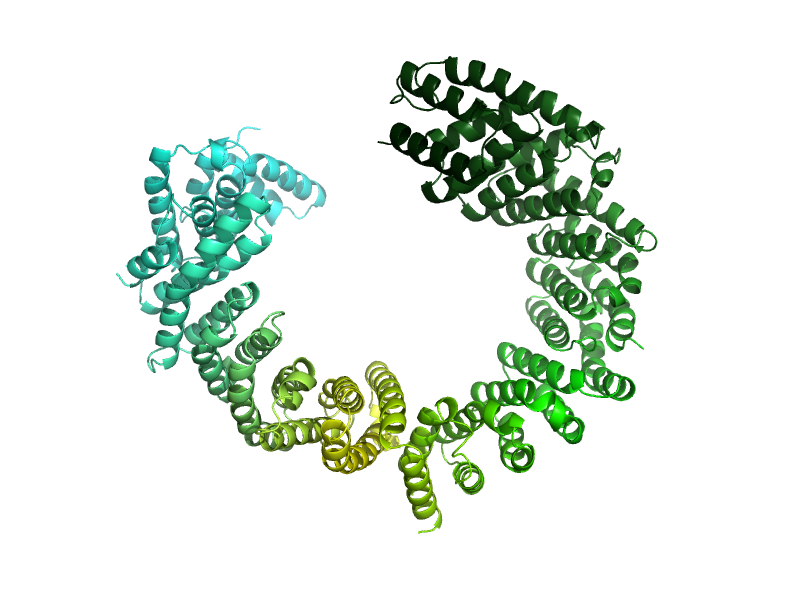Spectrumany: Difference between revisions
Jump to navigation
Jump to search
No edit summary |
(use Infobox script-repo, drop script) |
||
| Line 1: | Line 1: | ||
{{Infobox script-repo | |||
|type = module | |||
|filename = spectrumany.py | |||
|author = [[User:Speleo3|Thomas Holder]] | |||
|license = BSD-2-Clause | |||
}} | |||
[[File:SpectrumanyExample.png|300px|thumb|right|Coloring with a gradient of different green shades]] | [[File:SpectrumanyExample.png|300px|thumb|right|Coloring with a gradient of different green shades]] | ||
| Line 16: | Line 23: | ||
# gradient of different green colors | # gradient of different green colors | ||
spectrumany count, smudge palegreen limegreen limon green forest, chain B | spectrumany count, smudge palegreen limegreen limon green forest, chain B | ||
</source> | </source> | ||
[[Category:Script_Library]] | [[Category:Script_Library]] | ||
[[Category:Coloring]] | [[Category:Coloring]] | ||
Revision as of 10:29, 20 December 2011
| Type | Python Module |
|---|---|
| Download | spectrumany.py |
| Author(s) | Thomas Holder |
| License | BSD-2-Clause |
| This code has been put under version control in the project Pymol-script-repo | |
This script works similar to the spectrum command, but instead of predefined palettes, any color sequence can be used.
The color sequence is given by a space separated list of colors, so palette "red_white_blue" is the same as color sequence "red white blue".
Example
fetch 2x19
# these two produce the same result
spectrum count, red_white_blue, chain B
spectrumany count, red white blue, chain B
# gradient of different green colors
spectrumany count, smudge palegreen limegreen limon green forest, chain B
